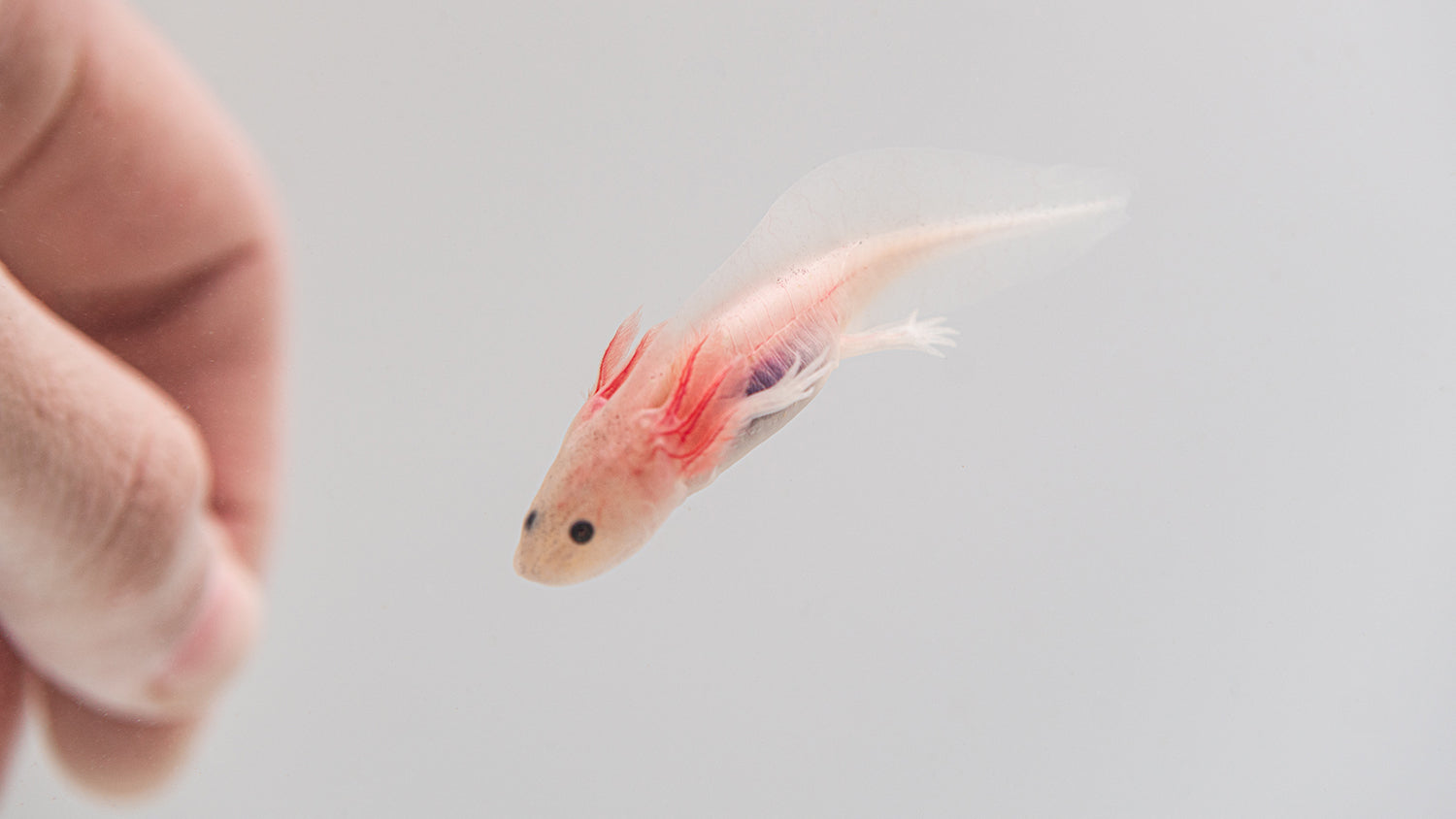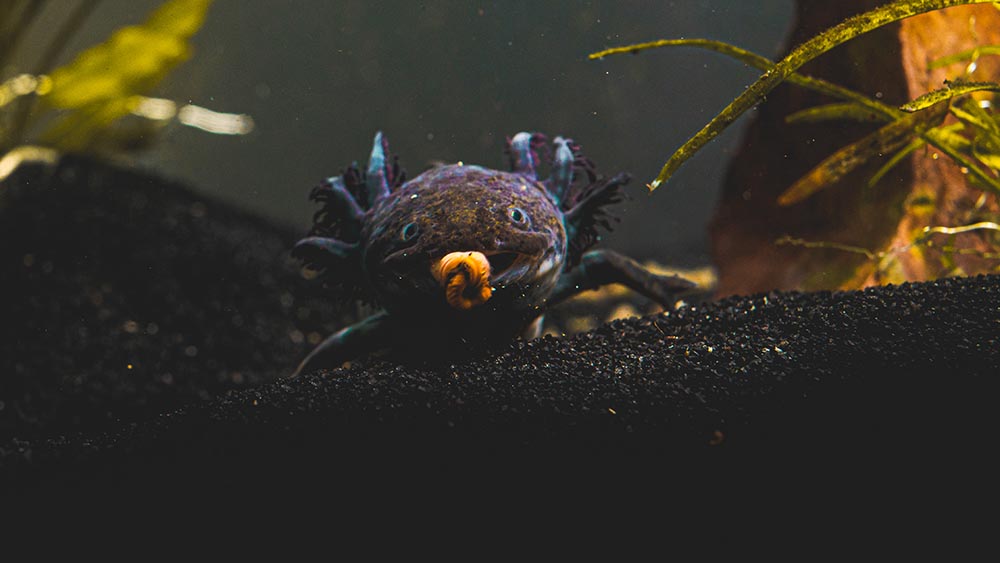Introduction
The axolotl, a creature often associated with mythical tales and fantasy worlds, has intrigued many people due to its unique appearance and fascinating abilities. With its frilly gills, wide smile, and ability to regenerate lost body parts, it's easy to see why some people might question its existence. So, let's settle the debate once and for all: Are axolotls real?
The Fascinating World of Axolotls
Yes, axolotls are indeed real! They are a species of salamander native to the lakes of Xochimilco and Chalco in Mexico City. Scientifically known as Ambystoma mexicanum, the axolotl is a member of the mole salamander family. Unlike most salamanders, axolotls do not undergo a complete metamorphosis and remain aquatic their entire lives.
Unique Characteristics
Axolotls are famous for their remarkable regenerative abilities. They can regenerate not only their limbs but also their spinal cord, heart, and other organs. This makes them incredibly resilient and a subject of ongoing scientific research to understand the potential applications of their regenerative abilities in human medicine.
In addition to their regenerative capabilities, axolotls have a unique appearance. They have feathery gills that extend from the back of their head, a wide mouth that gives the appearance of a smile, and lidless eyes. They come in a variety of colors, including wild type (dark with golden specks), leucistic (white with pink eyes), golden albino, and melanoid (black).
Conservation Status
Unfortunately, the wild axolotl population is currently listed as critically endangered by the International Union for Conservation of Nature (IUCN) due to habitat loss, water pollution, and the introduction of invasive species. Conservation efforts are ongoing to preserve the wild population and restore their natural habitat.
Conclusion
Axolotls are indeed real creatures with unique characteristics and fascinating regenerative abilities. Despite their mythical appearance and association with fantasy worlds, they are a species of salamander native to Mexico. Unfortunately, the wild axolotl population is critically endangered, and ongoing conservation efforts are essential to preserve this remarkable species for future generations to admire and study.
@axolotlplanet Which axolotl morphs can you identify in this video? 👀 #axolotlplanet #axolotl #axolotls #axolotlsoftiktok #amphibian #weirdpet #weirdpets #fishtok #fishtank #aquarium #weirdpetsoftiktok #aquascape #salamander #exoticpets #exoticpet #petsoftiktok #pettok ♬ Sunroof - Nicky Youre & dazy





Leave a comment
This site is protected by hCaptcha and the hCaptcha Privacy Policy and Terms of Service apply.